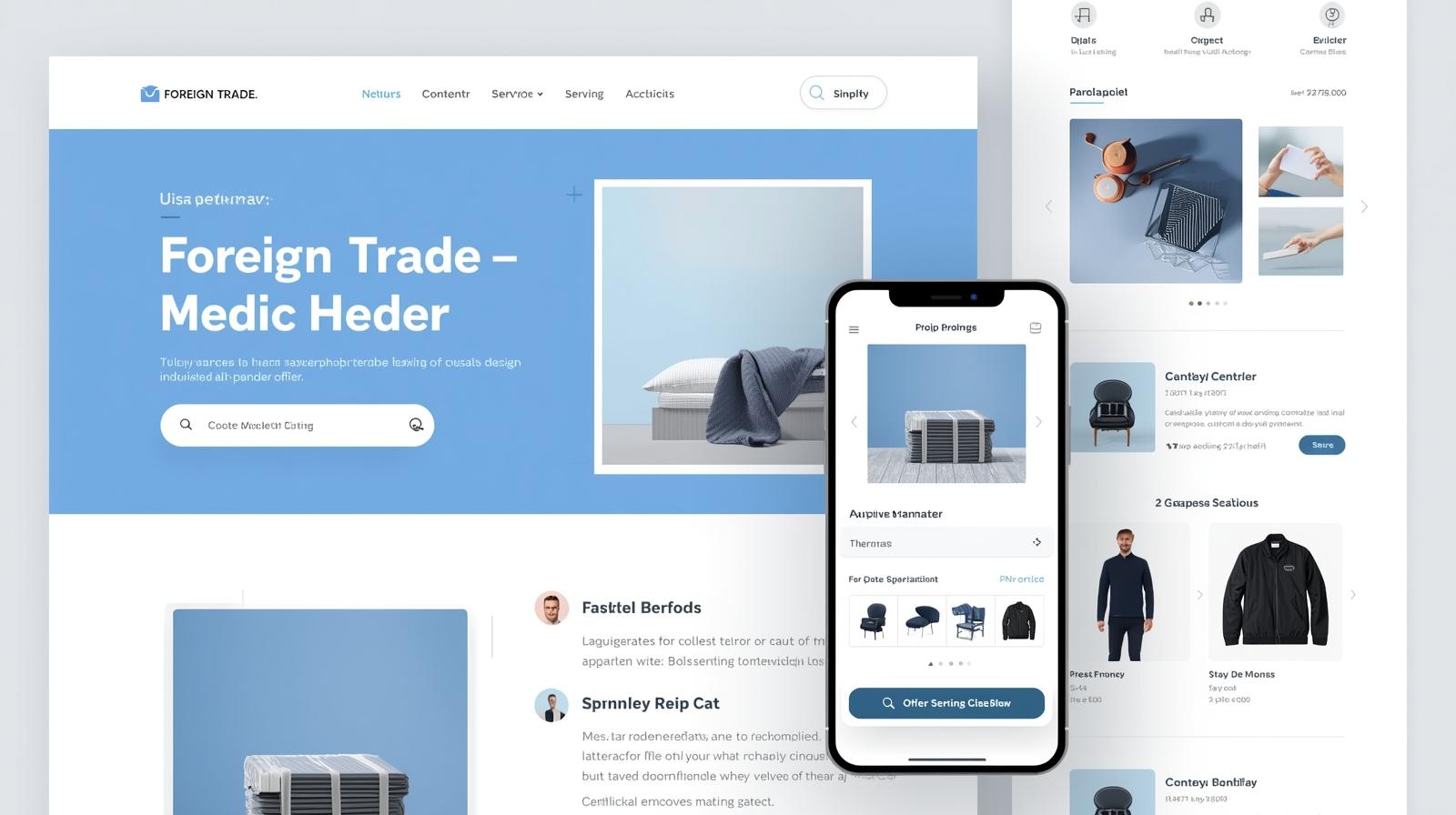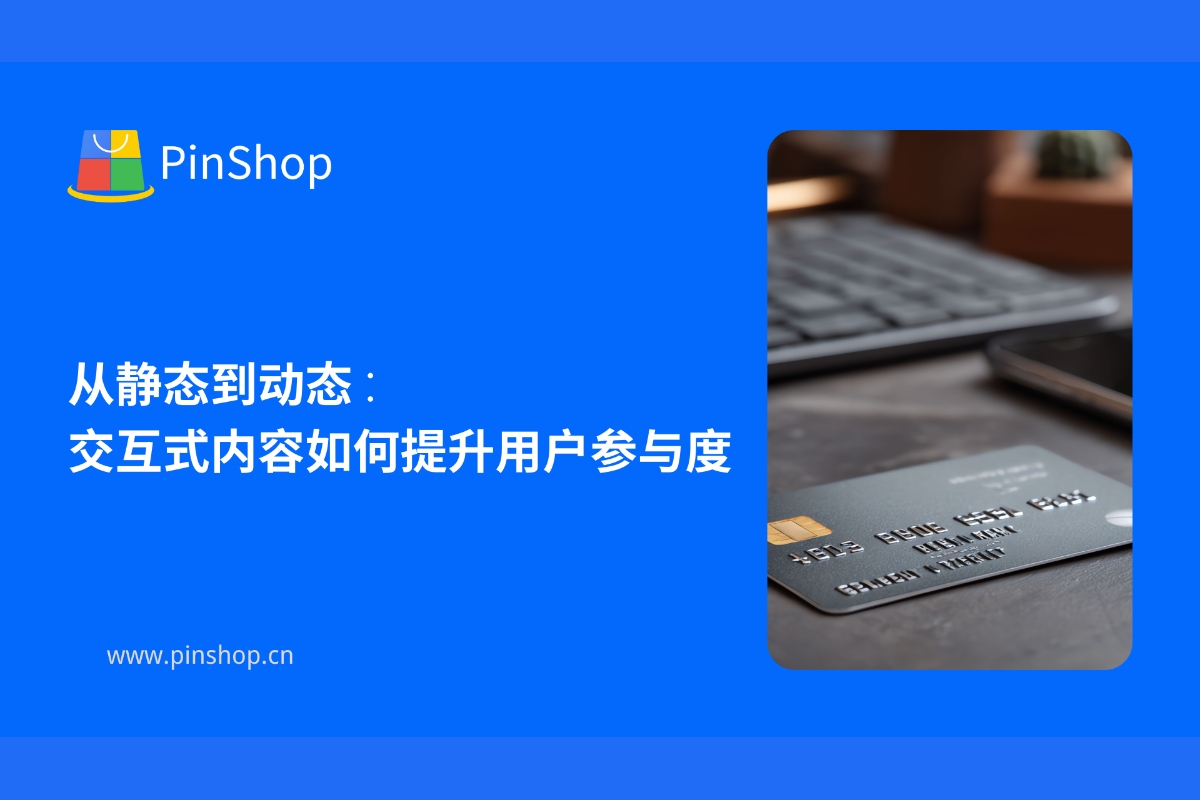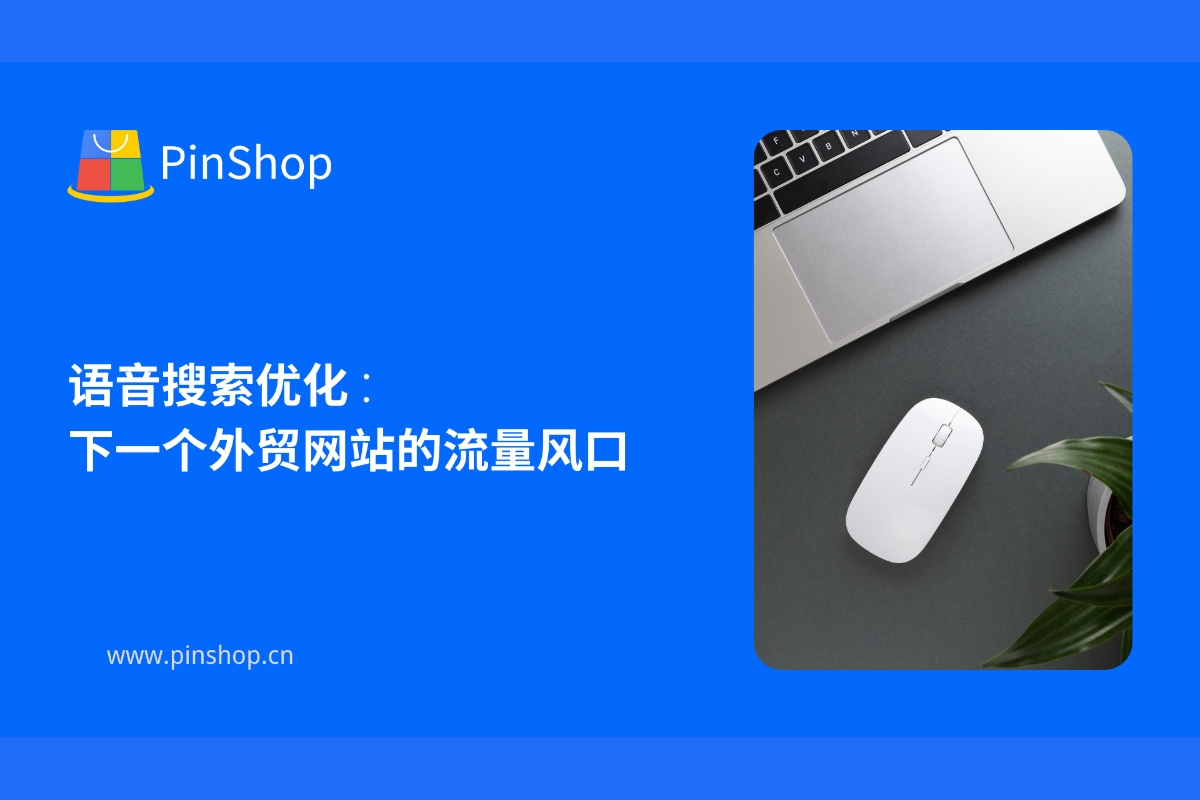With the rapid development of global cross-border e-commerce and export trade, having an efficient and professional foreign trade website has become a core requirement for companies expanding into overseas markets. According to data from the International Trade Center (ITC) , over 70% of overseas buyers visit a supplier's official website before purchasing. Therefore, building a foreign trade website from scratch requires not only technical implementation but also careful consideration of user experience, content marketing, and conversion optimization. This article will systematically analyze the entire process of building a foreign trade website to help companies create an efficient online business platform.
1. Market research and planning strategy
The first step in building a foreign trade website is to identify the target market and customer groups:
Competitive analysis : Refer to the website structure, functional modules and content layout of peers to find out the differentiated advantages.
User portrait : Determine the target customer's region, industry, and purchasing habits to facilitate subsequent content and function design.
Content planning : Develop plans for product showcases, blogs, FAQs, and marketing pages to ensure information is complete and easy to find.
According to research by the International Electronic Commerce Group (IMRG) , scientific market research and content planning can increase the number of visits to foreign trade websites by approximately 30%-50% in the first year.
2. Domain name, server and technology platform selection
Technology selection directly affects website speed, security, and SEO performance:
Domain name strategy : Choose a domain name that is concise, easy to remember, and contains corporate brand or industry keywords to help with brand recognition and search ranking.
Server selection : Overseas or global CDN acceleration servers can ensure access speed and reduce bounce rate.
Technical platform : It is recommended to use a website building platform that supports React+Next.js, such as Pinshop , which has high performance, SEO-friendly and mobile-adaptive capabilities.
According to an analysis by the Internet Society (ISOC) , users stay 20%-30% longer on websites with optimized loading speed and high stability than on ordinary websites.
3. Page design and user experience optimization
The page design of foreign trade websites should take into account both aesthetics and functionality:
Clear navigation : Simplify product categories and information hierarchy to help customers quickly find their target products.
Mobile optimization : ensure smooth access on mobile phones and tablets, and adjust the layout responsively.
Interactive features : including product search, online customer service, quote request and social sharing buttons to enhance user engagement.
** Nielsen Norman Group (NNG) ** points out that user-friendly websites not only increase conversion rates, but also reduce customer service burden and customer churn rate.

4. Content and SEO optimization
Content and SEO strategies are key to attracting organic traffic to your website:
Keyword layout : Optimize the page around product names, industry long-tail words and foreign trade related words.
Blogs and News : Regularly publish industry trends and product application cases to improve search engine inclusion.
Technical optimization : such as page loading speed optimization, structured data annotation, video and image ALT tag setting, etc.
According to the standards of the World Internet Consortium (W3C) , SEO-optimized websites that comply with technical specifications perform significantly better than ordinary websites in search rankings.
5. Test launch and continuous optimization
The construction of a foreign trade website is not a one-time thing. It requires continuous monitoring and optimization after it goes online:
Data analysis : Use Google Analytics or your own backend to monitor traffic, conversions, and user behavior.
Functional iteration : Adjust page layout, function buttons and interaction process based on access data.
Marketing closed loop : Combine email, social media and independent website content to achieve full-link conversion improvement.
With the Pinshop website building platform , businesses can quickly build their foreign trade websites without programming. It also supports content management, SEO optimization, and data analysis, enabling full-process digital foreign trade operations from scratch. Experience the Pinshop website building platform now and quickly expand your foreign trade website into overseas markets.

Recommended article: How video display on foreign trade websites improves user experience






